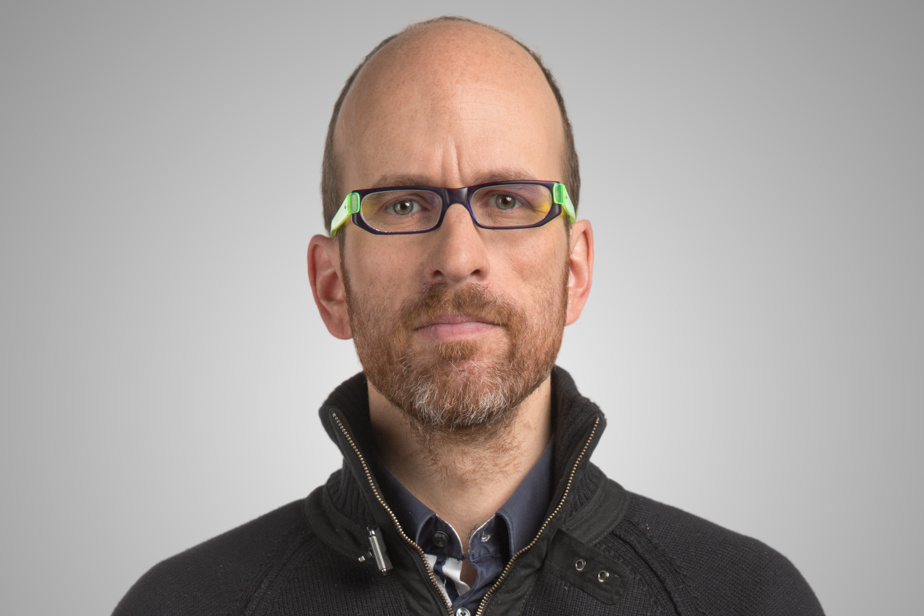The first word that comes to mind following the Ministry of Higher Education’s most recent initiative on artificial intelligence?
Cheer !
Minister Pascale Déry organized a day of reflection on artificial intelligence in the field of higher education last week.
She wanted to “discuss the advantages and disadvantages of this technology in an educational context”.
It was a very nice idea.
The developments in artificial intelligence are striking. Our decision-makers have no choice, they must take the bull by the horns. In Quebec as in Ottawa.
The world of education is being hit hard by these developments. It is already facing serious upheavals, only a few months after the deployment, for the general public, of the chatbot ChatGPT.
Unfortunately, when we hear about artificial intelligence in an educational context, it is often to raise fears or to report that institutions have banned the use of tools like ChatGPT by their students.
That there are all kinds of ideas circulating in the world of education about artificial intelligence and that they are debated is perfectly normal.
However, they are not all equal, these ideas.
Fear is a bad advisor. Outright banning the use of artificial intelligence tools in education is not only futile, it is also counterproductive.
It’s useless because some of these tools are already so accessible and will end up being so indispensable in our daily lives that there will always be students who will use them.
Whether we want it or not.
It is counterproductive because by prohibiting these tools, we deprive ourselves of what can be a real asset both for teaching and for learning… at least if we manage to supervise its use properly.
Not to mention that artificial intelligence is called to take a place of choice in the world of work. In these circumstances, educational institutions that turn their backs on it put themselves in an untenable position in the long term.
Artificial intelligence will even have to be integrated into the training of many students, future teachers, programmers, health and communications professionals, etc. It is inevitable.
Let’s be honest, there is a long way to go. We don’t even have a clear portrait yet of the use of artificial intelligence tools in higher education.
Martine Peters, professor of educational sciences at the Université du Québec en Outaouais, recently did useful work by disseminating some data obtained after interviewing several hundred professors and students at seven universities.
We know, for example, that 51% of these teachers said they planned to “modify” their evaluations “in order to avoid plagiarism with artificial intelligence tools”.
This figure can be interpreted in many ways, but it shows that many teachers are already aware of the risks posed by the generalization of such tools.
In the wake of the day of reflection organized by Quebec, the formation of a joint committee of experts by the Superior Council of Education and the Commission on Ethics in Science and Technology was announced.
This committee will have the mandate to produce a report, to be submitted by the end of the year, which will focus on the challenges of using artificial intelligence for student assessment and learning, but also for teacher training.
That too is a great idea.
Change, especially if it happens at full speed and is not marked out, is often scary. But the various players in the education sector are in the front row and have no choice: they are condemned to adapt very, very quickly.
Our elected officials seem to have understood that it would have been irresponsible to leave them to fend for themselves.
